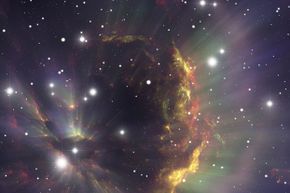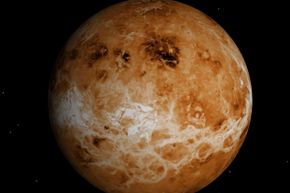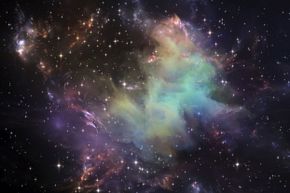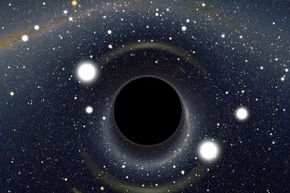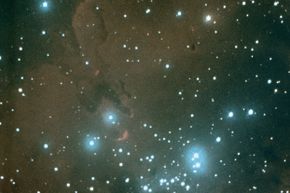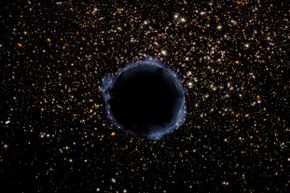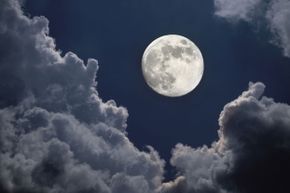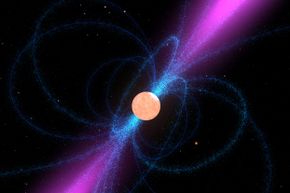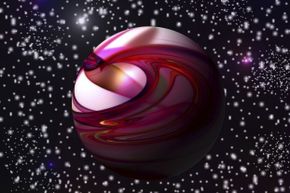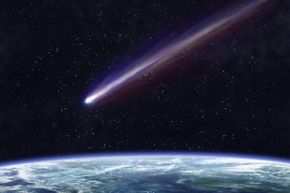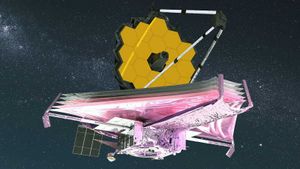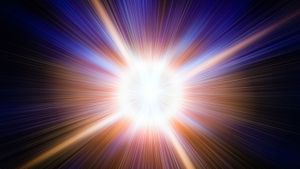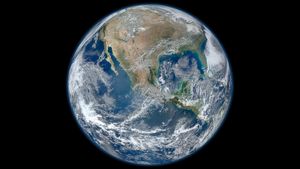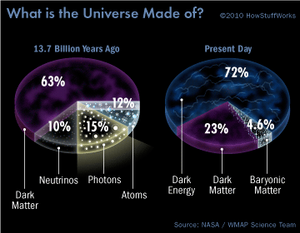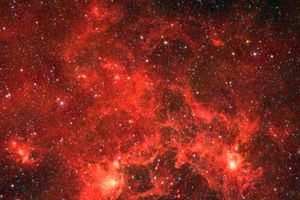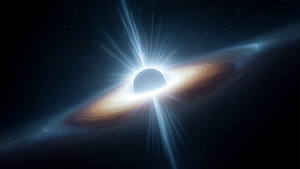Space, the final frontier -- a seemingly infinite region filled with so much wildness and weirdness that even the brightest human minds can hardly begin to understand it. Gazing up at the stars on a crisp, dark night, it's hard not to wonder about what lies beyond our simple Earthbound existence.
For better or worse, some people take that wondering and speak it aloud, breathing life into their hypotheses. And sometimes unfounded ideas, like a nasty virus, become contagious and spread all over the place, displacing actual science with crackpot theories that make just enough sense to be potentially dangerous.
Advertisement
Not all crackpot theories about space are created equal. Some sound downright silly. Others are complex (or convoluted) enough that they sound like they could be true. Sit down and we'll spend the next five hours explaining just how it's possible that the moon landing was a hoax, complete with in-depth analyses of photographs and video, bookended by explanations of why the government would do such a thing in the first place. By the time we're done, all of it will sound very believable, right down to the sound stage diagrams drawn on a bar napkin.
That's the essence of popular crackpot space theories. They're given life by a few believers and then disseminated to the masses. And suddenly there's a man on the moon, aliens on Mars and deadly doomsday comets filled with giant flesh-eating termites headed straight towards New York City.
So buckle up and prepare your critical thinking skills. Which of the following outlandish theories will make headlines and which ones are just for clowns?
